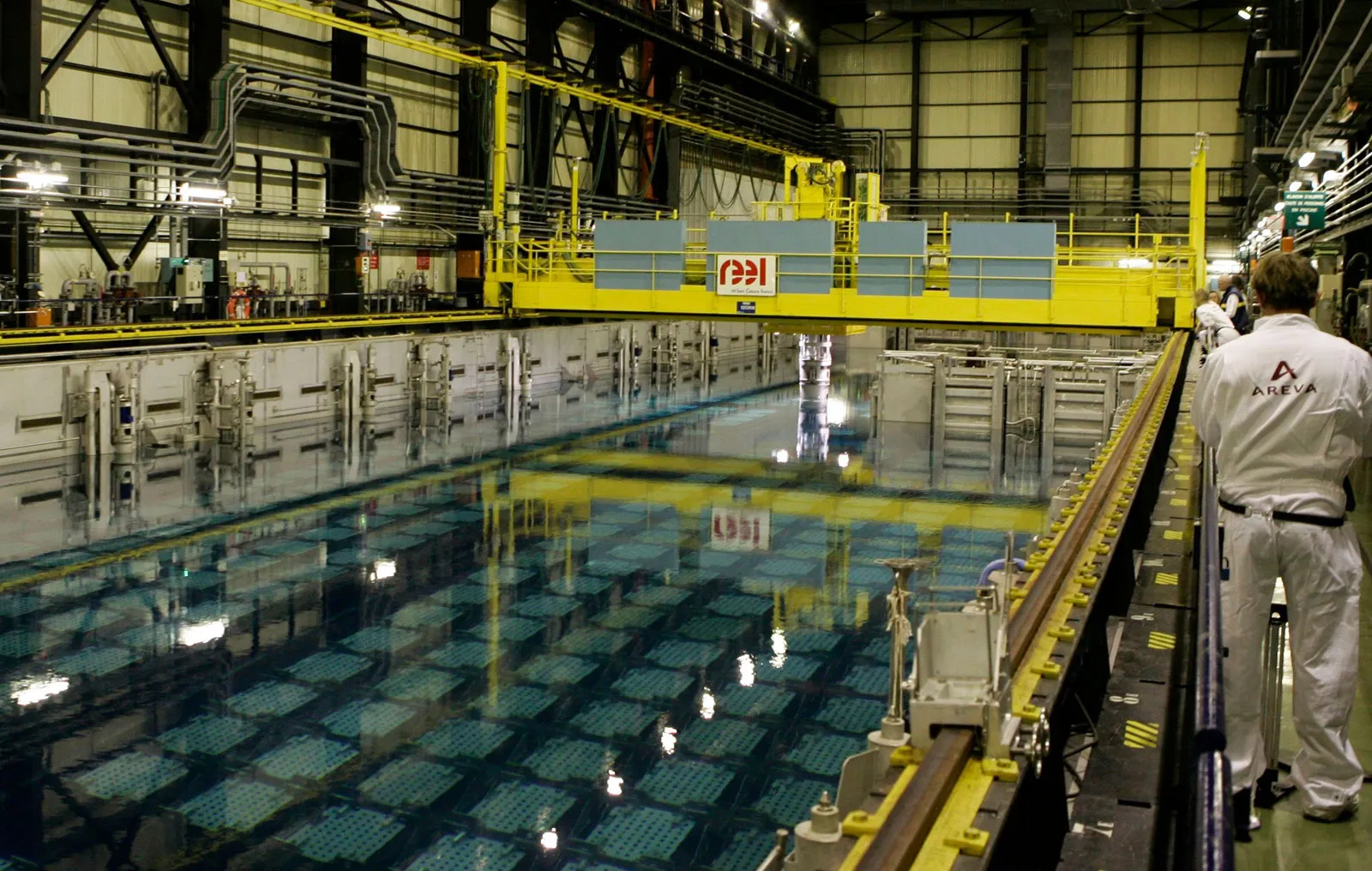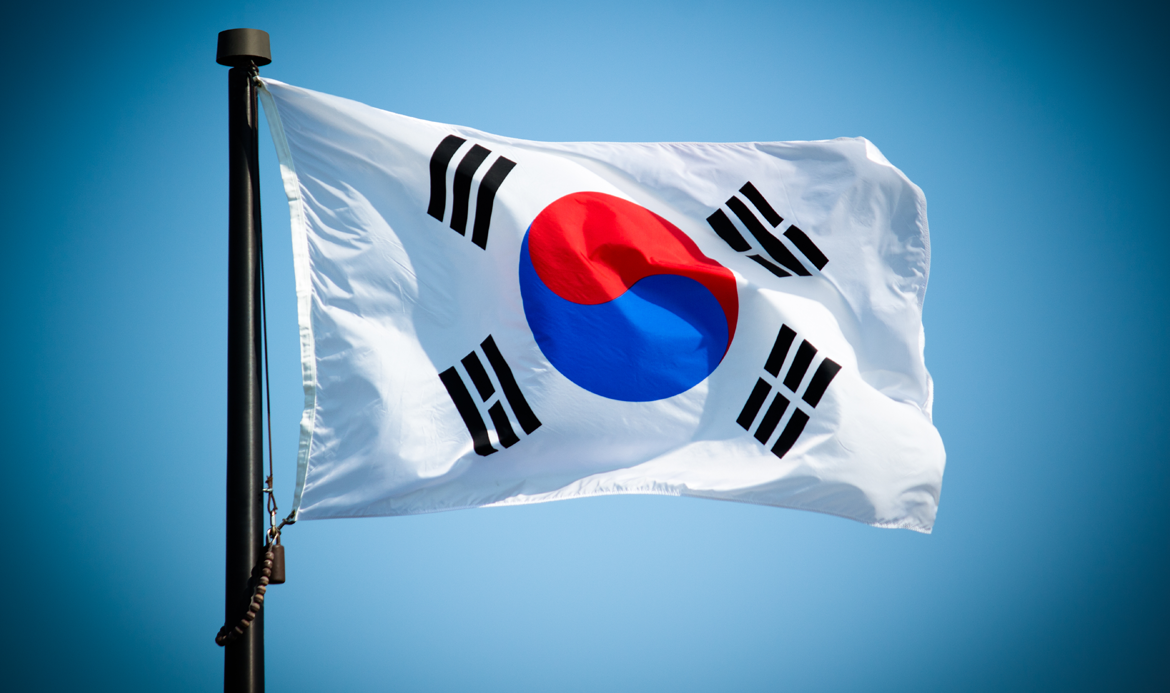The full extent of South Korea’s nuclear phase-out policy failure has been revealed as a financial disaster, in what should be a cautionary tale to other nations considering a similar strategy.
Under former President Moon, South Korea embraced a nuclear phase-out policy in 2017 that would “withdraw existing plans to build new nuclear power plants and not extend the lifespan of nuclear power plants,” Moon said after his election in ’17.
This week, a Korean Parliament MP revleaed the staggering cost of this policy blunder.
At the time of the Moon policy introduction, South Korea had 25 functioning nuclear reactors, supplying about a third of the country’s total electricity.
According to data submitted to People Power Party Rep. Han Moo-Kyung by Korea Hydro & Nuclear Power (KHNP), South Korea racked up a multi-billion dollar loss by delaying nuclear reactor builds and encouraging phase-outs.
Overall, the costs may have run into many hundreds of billions of dollars in USD terms, all factors considered.
According to reports, the policy meant South Korea burned a staggering amount of fossil fuels and CO2, that would have otherwise been kept in the ground.
Should two planned reactors had started running as initially planned, a combined electricity produciton of 120,000 gigawatt-hours would have been produced carbon free.
Instead, South Korea had to rely on imports of fossil fuels, including LNG, during a massive energy crisis.
Between 2017 and 2022, the average price of LNG required to generate a kilowatt-hour of electricity was 135.12 won, more than double that of nuclear plants which cost 58.22 won. A rough estimate of this price difference translates into 9.24 trillion won of losses.
Operating loss at Korea Electric Power Corporation (Kepco) — Korea’s largest state-run utility company, parent of KHNP — mounted to over 47 trillion won (US$55 Billion) after 2021 due to the absence of an adequate alternative energy source. Kepco’s total debt rose to 201 trillion won (US$236 billion) in June this year to surpass the 200 trillion mark for the first time.
“The nuclear phase-out policy incurred losses of astronomical figures,” said Rep. Han Moo-kyung, which “led to electricity bill hikes that added weight on the people’s burden.”
More from Korea JoongAng Daily.
Nikkei reported that since President Yoon Suk Yeol took office in May 2022, Korea has changed its strategy – embracing nuclear energy as a solution to reduce its carbon footprint.
“it is necessary to consider a power mix that includes new nuclear plants,” South Korean Energy Minister Lee Chang-yang told media.
South Korea is now at the forefront of global nuclear energy renewal, with the country working to finance projects across the world including SMR technology.






